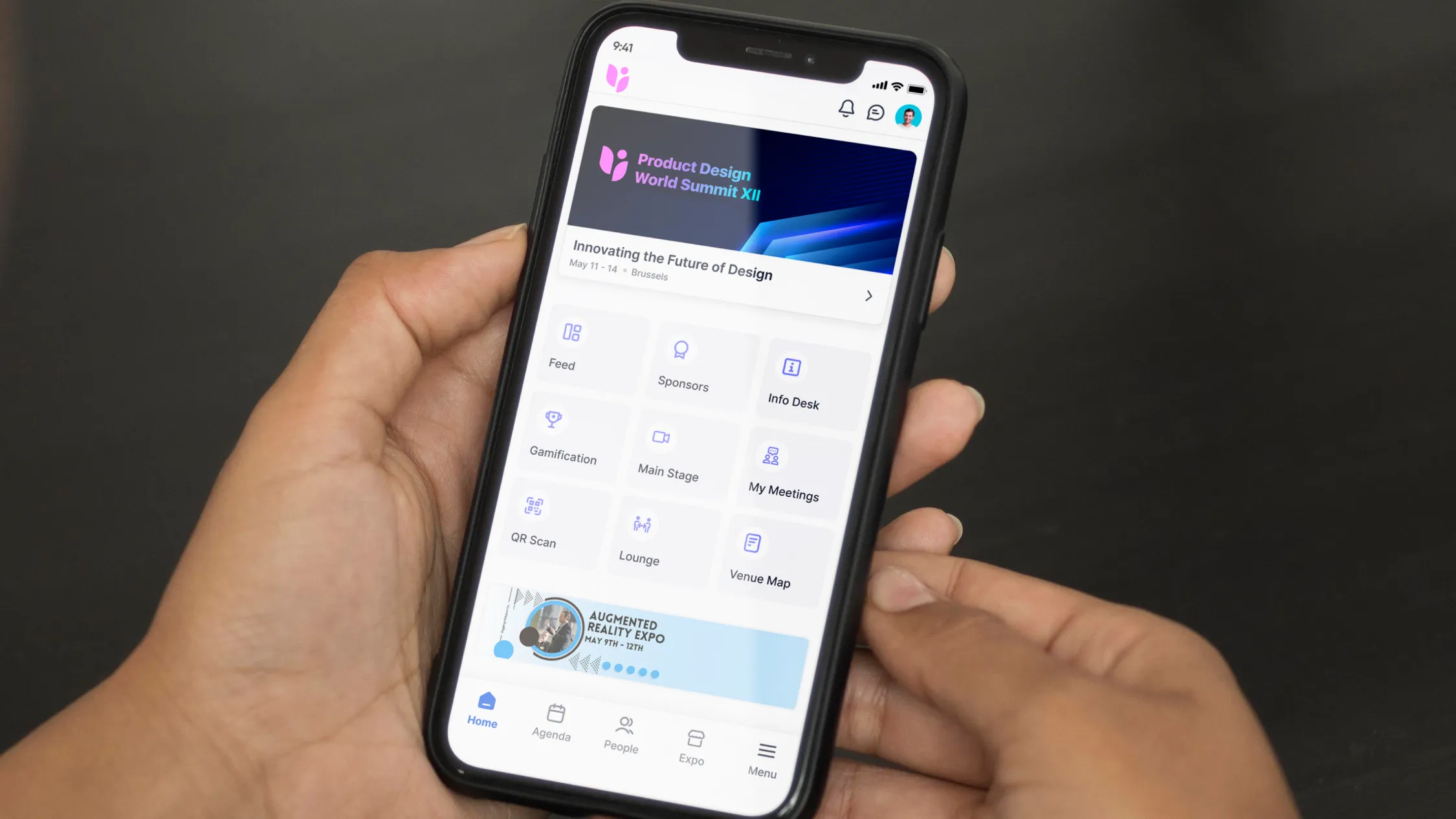Every seasoned event marketer, planner, or organizer knows that a well-crafted press release can be the golden ticket to extensive media coverage and buzz around your upcoming event. But how exactly do you write a press release for an event that commands attention?
Let's delve into the world of public relations and press release writing to equip you with the knowledge and tools you need to garner that coveted media spotlight.
Key Takeaways
- Purpose: Event press releases boost visibility, authority, and SEO by securing media coverage for launches or conferences.
- Format: A standard release includes a headline, dateline, "For Immediate Release," body, boilerplate, and contact info.
- Outreach: Success relies on building a targeted media list and crafting personalized email pitches.
- Distribution: Use newswire services, public relations (PR) agencies, and social media to maximize reach.
- Optimization: Incorporate relevant keywords naturally to improve search engine rankings without disrupting readability.

What is an event press release?
A press release is a succinctly written announcement aimed at media outlets. It’s the bread and butter of public relations, offering a standardized format to share your news and important details to journalists and other news organizations. The goal? Garner media coverage for your product launch, grand opening, or flagship conference.

Benefits of a press release for your event
You've put a lot of work into planning your upcoming event. From coordinating logistics to ensuring every stakeholder is in sync, the tasks can seem endless. So why should you add press release writing to your to-do list?
Well, the answer lies in three words: visibility, authority, and SEO.
- Visibility: Captures the attention of journalists and influencers, boosting reach.
- Authority: Portrays you as an expert, building trust and credibility.
- SEO: Improves search rankings through strategic keywords and backlinks.


Types of event press releases
Here are the four prevalent kinds of event press releases:
- Announcements regarding future, invitation-only events where we extend invites to the press or merely state that these events are scheduled.
- Updates on exclusive events that have concluded.
- Promotions for impending public events, using media coverage to extend invitations to a wider audience.
- Post-event coverage for public events that have recently occurred.

Format of an effective press release
We've talked about the why; let's explore the how. Here’s the key information typically included in a good press release format:
- Press Release Headline: Concise, exciting, and informative first impression.
- Dateline: The city and date of the release.
- For Immediate Release: Indicates content can be published immediately.
- Introduction: Summarizes the 5 W's (who, what, when, where, why).
- Body: Provides details, quotes, and hyperlinks.
- Boilerplate: A brief "about us" section.
- Contact Information: Phone and email for media inquiries.
- Call to Action: Encourages readers to book, buy, or visit.
- Visual Assets: Images or videos to increase engagement.

Media outreach and email pitching
With your press release ready to captivate, it's time to turn our attention to the all-important task of media outreach. Orchestrating a successful media outreach involves two key aspects - building a target media list and crafting a compelling email pitch.
Building a Target Media List
Your target media list should consist of journalists, bloggers, and influencers who cater to your niche. Consider what media outlets would be interested in your event and start to collate a database. Include their contact details, areas of interest, and any previous interactions you might have had.
A well-maintained media list not only assists you in your current outreach but forms a cornerstone for future communication efforts, keeping you well-prepared for any upcoming event or new product launch.
Crafting the email pitch
Your email pitch is more than just an email; it's your first impression, your chance to spark interest and make your event stand out amidst countless others.
- Subject Line: Your subject line should grab attention. Make it a clear representation of why your event is newsworthy.
- Salutation: A personal touch goes a long way. Addressing the journalist by their name shows respect for their work and conveys that you've taken the time to understand their interests and style.
- Introduction: Your introduction is your hook. Be concise and compelling, stating your purpose and why your event deserves their attention.
- The Pitch: Share the essential details about your event. Journalists are on a constant hunt for unique angles and compelling narratives. What's the unique angle to your event that makes it stand out?
- Press Release: You can either attach your press release to the email or paste it below your sign-off. The key is to ensure that when you send a press release, it's easily accessible and clearly noticeable.
- Sign-Off: Conclude with a warm, professional sign-off. Include your name, title, company name, and contact information so they can reach out if they're interested.
Always remember, your email pitch is not solely about providing information but also about building a relationship with the journalist. Be professional, respectful, and appreciative of their time.


Press release distribution and promotion
- Newswire Services: Use distribution services to reach a broad network of journalists and news outlets.
- PR Agencies: Leverage agencies for established media relationships and tailored pitching strategies.
- Social Media: Share on official channels and encourage followers to repost to amplify visibility.
- Content Marketing: Create related blog posts, infographics, or FAQs to generate additional interest.
Through a combination of these methods, you can ensure your press release gains the attention it deserves, ultimately enhancing the reach and impact of your event.

Monitoring and analysis
After the press release has been published, don't stop there. Monitor its impact through metrics like website traffic, social media engagement, or media pickups. This can provide valuable insights into what works and what can be improved for your future press releases.


Using ChatGPT for press release writing
Even with all these tips, press release writing can seem daunting. Fret not! Instead of providing you with a good old-fashioned event press release template of a list of event press release examples (there are plenty of free press release templates online already), we thought you’d appreciate a handy, customizable ChatGPT prompt with step-by-step instructions.
To generate your custom press release draft, here’s a sample prompt that you can modify to fit your event:
ChatGPT press release prompt
Draft a press release for [name of company organizing event]’s upcoming event. Follow these instructions when drafting the press release:
Perspective: The press release should be written from the perspective of [name of company organizing event], aiming to announce the details of the event to journalists and the public.
Tone and Style: The tone should be formal and authoritative. It should sound informative and exciting to generate interest in the readers. Use clear and concise language with an active voice.
Length: Aim for a length between [minimum word count - maximum word count] words.
Structure: Please include the following elements into your press release:
a. Headline: Write a compelling headline that communicates the main announcement.
b. City and Release Date: Specify the city and state where the event will take place and the release date of this announcement.
c. Summary: Briefly describe the event announcement. Include interesting and relevant information for your target audience.
d. Quote: Include a quote from a representative from our organization related to the event.
e. Details: Provide more information about the event. This should answer the 5 W's - who, what, when, where, and why.
f. Additional Quote/Details: If possible, add another quote or more details about the event.
g. Call to Action: Include a call to action with a URL where readers can find more information about the event or our offerings.
h. Boilerplate: Write a brief section describing our company/organization.
For context, here are some key details about the event:Name Of The Event: [name of event] Event Date: [event date] Event Location: [building, city, State] Purpose of the Event: [describe who will gather at the event and for what purpose]
Target Audience: [audience for the press release]
Core Communication Points Of Press Release:
- [communication point 1]
- [communication point 2]
- [communication point 3)
Quote 1: [“quote 1 text”] Company Representative for Quote 1: [name, title]
Quote 2: [“quote 2 text”]
Company Representative for Quote 2: [name, title]
Event Website URL:[event url]
Event Hashtag: [#...]
Boilerplate: [company description]
Desired minimum word count: [insert wordcount]
Desired maximum word count: [insert wordcount]


Optimize your press release for SEO
Finally, let's talk about SEO. Strategic keyword placement in your press release can boost its visibility on search engines. Think about the terms your target audience might use to find information about your event. Use these keywords in your headline, body text, and metadata.
However, remember that the primary audience of your press release is human readers, not search engine algorithms. The keywords should blend seamlessly into your content, adding value rather than disrupting the flow.

Conclusion
Mastering how to write a press release can significantly enhance the success of your event, turning it into a resounding hit. Combining this skill with a well-considered, targeted media outreach strategy can exponentially increase the visibility of your event.
Now, with a stronger grasp of these principles, you should feel confident in tackling your event press release independently. Remember, a well-executed press release and strategic media outreach can create a powerful synergy for the success of your event. Happy pitching!

FAQ
What is an event press release?
An event press release is a short news story you send to journalists to announce an upcoming or recently finished event. In one page you cover the five W’s, who is hosting, what is happening, when, where, and why it matters. A clear, fact first format helps reporters decide if they will cover your event.
What is the standard format for a press release?
A press release follows this order: headline, dateline, introduction with the five W’s, body paragraphs, one or two quotes, boilerplate (a short “about us” blurb), contact details, and a clear call to action. Keep it to one page whenever possible.
What are the five W’s in a press release?
The five W’s are Who, What, When, Where, and Why. Place them in the first paragraph so reporters can grasp your story in seconds.
What are the seven basic steps to writing a press release?
- Pick a newsworthy angle.
- Write a clear headline.
- Cover the five W’s in the lead.
- Add supporting facts and at least one quote.
- Insert a short boilerplate about your organization.
- Proofread and follow Associated Press (AP) style.
- Distribute the release and follow up with key media contacts.
Can ChatGPT help me write a press release?
Yes. You can feed ChatGPT a prompt that includes your event details, key messages, and desired length. The tool will draft copy in seconds, which you can then edit for tone, accuracy, and AP style.
Do I need a press release template?
A template is not required, but it saves time and keeps you from forgetting key parts like the dateline, quotes, and boilerplate. Use a template as a starting point, then tailor the wording to fit your story and audience.








